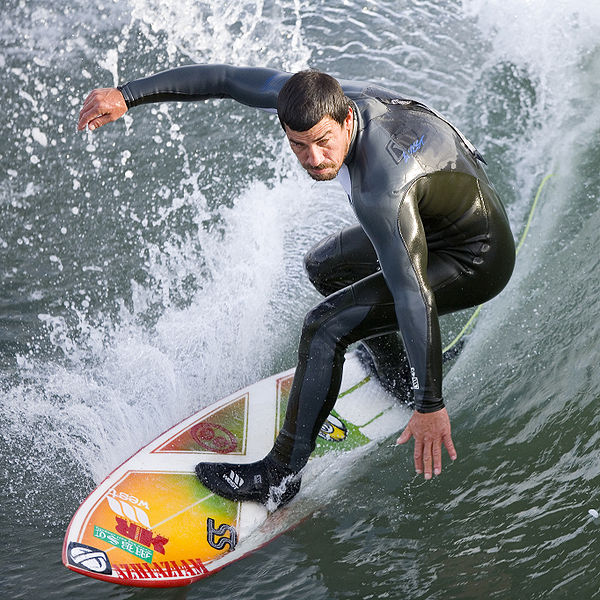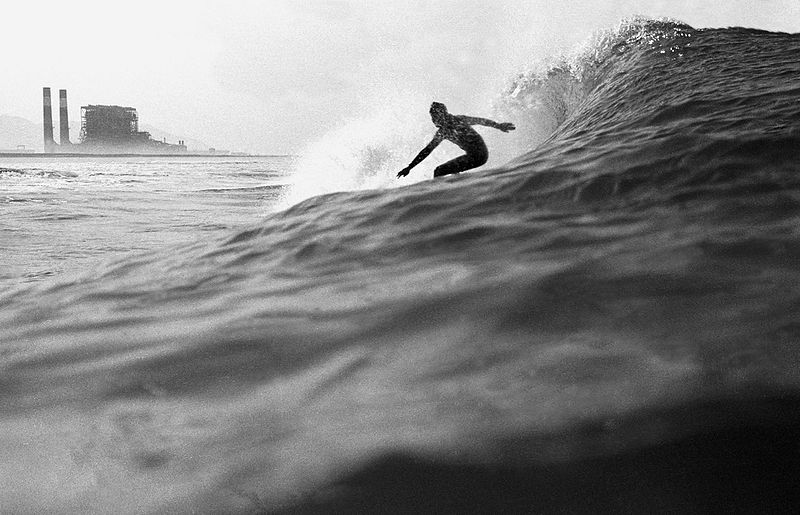November marks the halfway point in our monthly lessons covering all 12 of the English tenses. Remember to look back at our previous lessons if you need a refresher on the Simple Present, Simple Past, Present Progressive, Past Progressive, or Present Perfect!
This month we are focusing on the Present Perfect Progressive. If you have mastered the Present Perfect, then you will probably find that the Present Perfect Progressive (also called the “Present Perfect Continuous”) is a quite simple tense to understand.
The Present Perfect Continuous Form
The Present Perfect Continuous takes the following forms:
has/have + been + ing
has/have + not + been + ing
Have + subject + been + ing?
Wh-word + have + subject + been + ing?
There are many uses of the Present Perfect Progressive. Let’s take a look at them.
Use 1: For an action starting in the past and continuing until now
Look at the following sentences below:
- I have been living in San Diego for two years.
- She has been wearing glasses since she was a child.
- We have been looking for an apartment many times and still haven’t found one.
In each of these sentences, the action started in the past and continues until now. We can use the words “for” with a period of time, like “for six months.” For “since” we have two options: a period of time plus the word “ago,” (like “since two years ago”) or we could use “since” with a simple past verb (like “since I was a child” or “since I moved to the U.S.”).
Use 2: For an action repeated a lot recently
Look at the following sentences:
- I have been exercising a lot lately.
- We haven’t been spending a lot of money lately.
- I’ve been reading a lot of books recently.
In each, “lately” or “recently” are used to show that this action has happened a lot lately. The speaker probably isn’t exercising at that moment, but you know that this action has been repeated a lot in the recent past.
Use 3: For an action that JUST finished (and you can still see signs of)
Sometimes an action occurs, and although we do not see the action, we see signs that the action just happened. We see this clearly in these examples:
- “Why are you wet?”
“I’ve been swimming.”
- “Are you tired?”
“Yes, I’ve been working all morning!”
- “Why is her face red?”
“She has been crying.”
The Present Perfect Continuous in Action: Surfing in Southern California
Now that we have seen the most common uses of the Present Perfect Continuous, lets take a look at two surfers: Jay and Tim. Read about their experiences surfing in Southern California, and see if you can differentiate between the three uses of the tense.
Surfing in Southern California
Surfing was invented by the Polynesians and was considered an art form by Ancient Hawaiians. People have been surfing on California’s beaches since 1907, when a man named George Freeth brought the art from Hawaii. Today, it is a large piece of California culture.
Surfer 1: Jay
Jay has been living in San Diego since 2009, but he has been surfing since he was a child. Jay was born in Santa Cruz, California, and surfed the colder waters of Northern California as a child. Jay is proud to say that he has been surfing at most of California’s beaches.
Jay’s favorite beach for surfing is Ocean Beach, although recently he has been exploring the waves in Mission Beach. Lately he has been traveling up the coast to try new beaches, like Laguna Niguel.
It is safe to say that Jay is an avid surfer. He has been surfing every day this week!
Surfer 2: Tim
Tim has been body-surfing since he was a kid. However, he hasn’t been surfing for very long: in fact, he has only been surfing since this spring.
Tim hasn’t been surfing a lot lately because he has been busy. In fact, he hasn’t been surfing for two weeks. He misses it. He has been dreaming about the ocean lately!
Interested in learning more about surfing? Check out Surfer Today, a website dedicated to all things surfing. Their list of the Greatest Southern California Surf Spots is a great resource!
If you are studying English at CISL San Diego or San Francisco, you must try surfing! Have you been surfing yet? If so, post a pic on our Facebook page! If not, check out some of the experiences of former CISL students who have been surfing as a CISL activity.
Photos from Wikipedia and licensed under Wikicommons.


